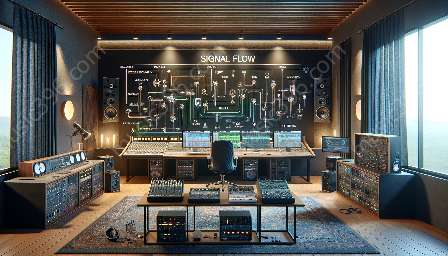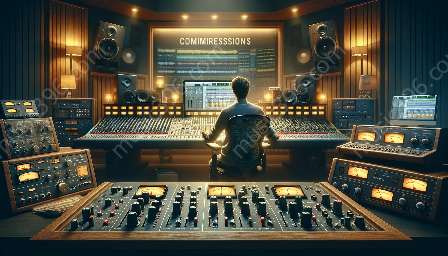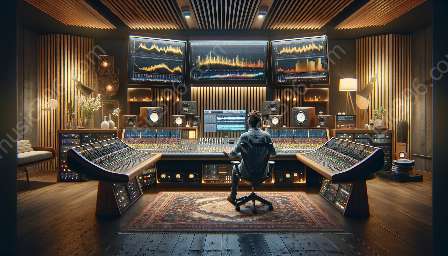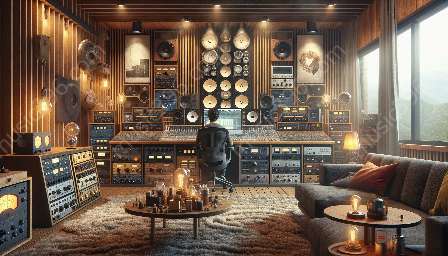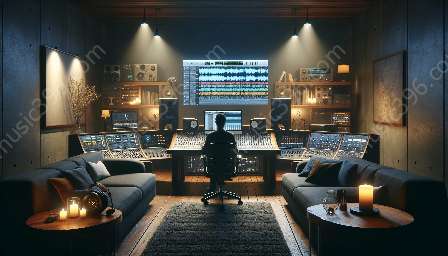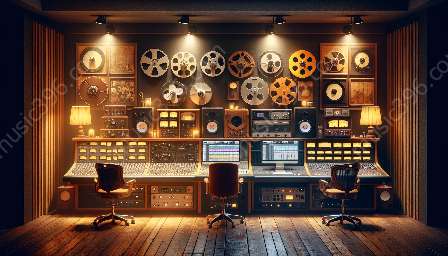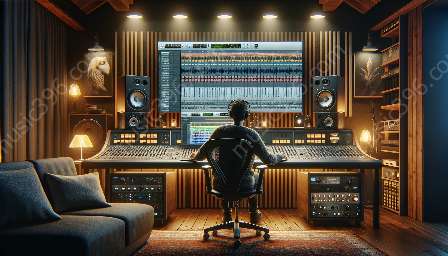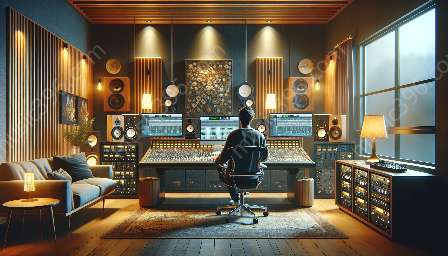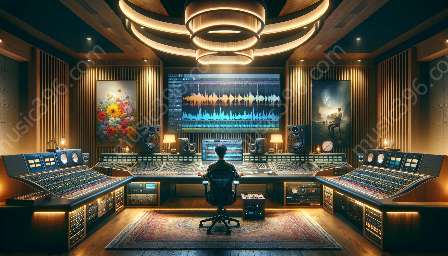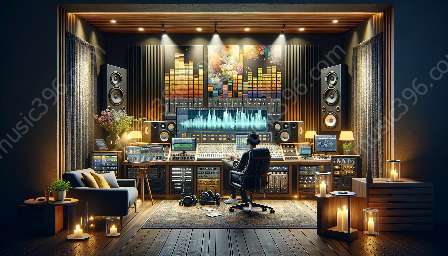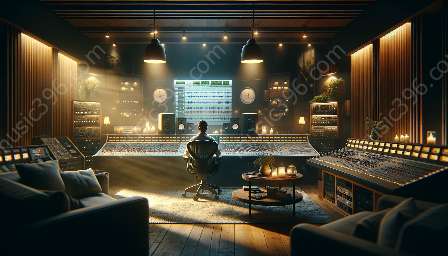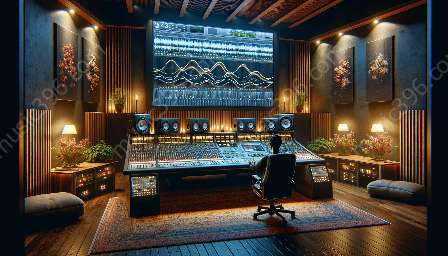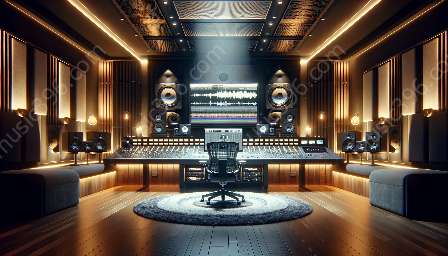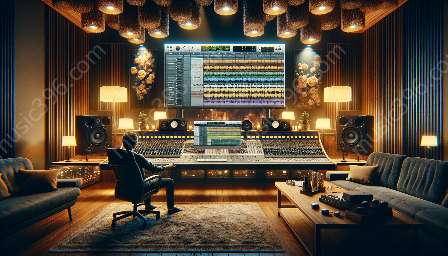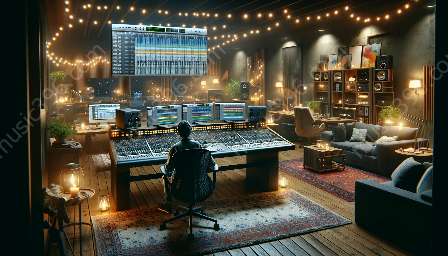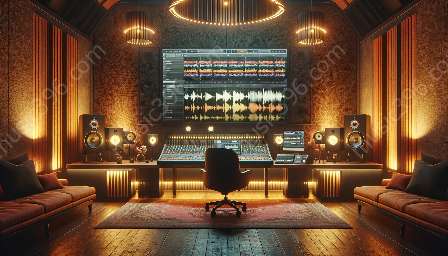Mastering a track involves the final touches that can have a significant impact on how the audio will sound across different playback systems. Ensuring compatibility across various playback systems while working with plugins and effects in mixing & mastering is crucial for delivering a consistent and high-quality audio experience.
Understanding Master Track Compatibility
Master track compatibility refers to the ability of a mastered audio track to sound good and consistent across a wide range of playback systems, including speakers, headphones, car audio systems, and consumer audio devices. This ensures that the audio will retain its intended sonic characteristics and translated to the listener as accurately as possible, regardless of the playback environment.
Factors Affecting Compatibility
Several factors can affect master track compatibility, including frequency response, stereo imaging, dynamic range, and overall tonal balance. Additionally, the use of plugins and effects during the mixing and mastering process can also impact how the track translates across different playback systems.
Best Practices for Ensuring Compatibility
Here are some best practices and techniques for ensuring master track compatibility:
- Reference Monitoring: Use high-quality reference monitors to critically listen to your masters and ensure that they translate well across different playback systems. It's also essential to check the mix on various playback devices, such as headphones and car audio systems, to identify any potential issues.
- Use of Metering Tools: Utilize metering tools to analyze the frequency response, stereo image, and dynamic range of your mastered tracks. This can help identify any irregularities that may impact compatibility across playback systems.
- Utilize Limiters and Compressors: When applying limiters and compressors, carefully consider their impact on the overall dynamic range and perceived loudness of the track. Balance the need for achieving a competitive loudness level with preserving dynamic range for better compatibility.
- Testing on Multiple Systems: Listen to the mastered tracks on different playback systems to ensure that they sound consistent and retain their sonic characteristics across various environments. This can involve testing on professional studio monitors, consumer headphones, car audio systems, and even mobile devices.
Advanced Techniques with Plugins and Effects
When working with plugins and effects in mixing & mastering, it's crucial to consider their impact on master track compatibility. Here are some advanced techniques to optimize compatibility:
- Match Equalization to Target Systems: Use EQ plugins to tailor the tonal balance of the master to suit the characteristics of the most commonly used playback devices. This can help ensure that the audio translates well across a wide range of listening environments.
- Dynamic Range Processing: Implement multiband compression or dynamic EQ to control the dynamics of specific frequency bands, allowing for improved consistency across playback systems without sacrificing overall tonal balance.
- Reverb and Spatial Effects: Carefully consider the use of reverb and spatial effects to maintain a balanced stereo image that translates effectively across different playback systems. Avoid excessive spatial processing that may sound unnatural or inconsistent in various listening environments.
- Stereo Imaging and Width Control: Use stereo imaging tools to optimize the perceived width of the mix in a way that remains compatible with mono playback systems, ensuring that the audio maintains its intended spatial characteristics across all systems.
Conclusion
Ensuring master track compatibility across playback systems is essential for delivering a consistent and high-quality audio experience. By understanding the best practices and techniques for mastering, working with plugins and effects, and optimizing audio for various playback systems, audio professionals can achieve superior sound that translates effectively across all listening environments.



